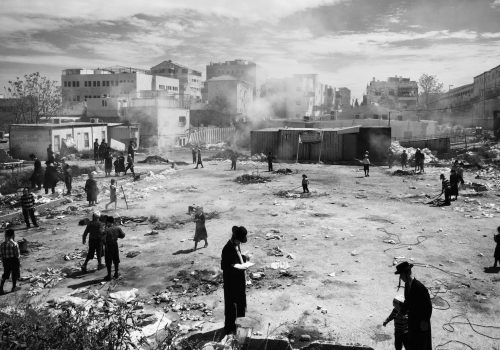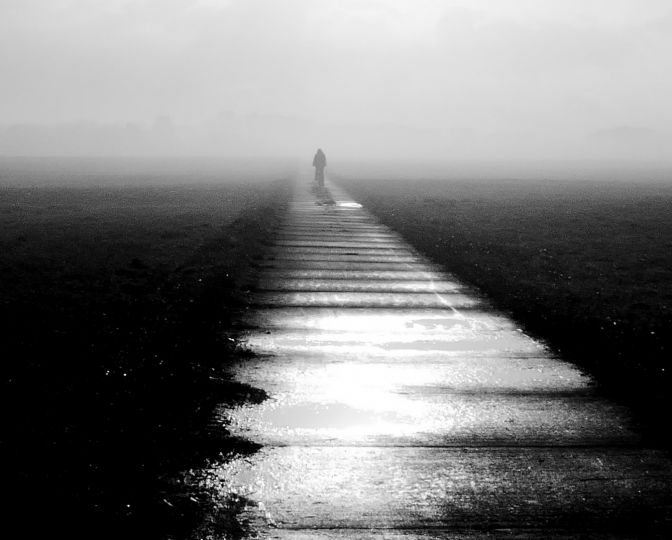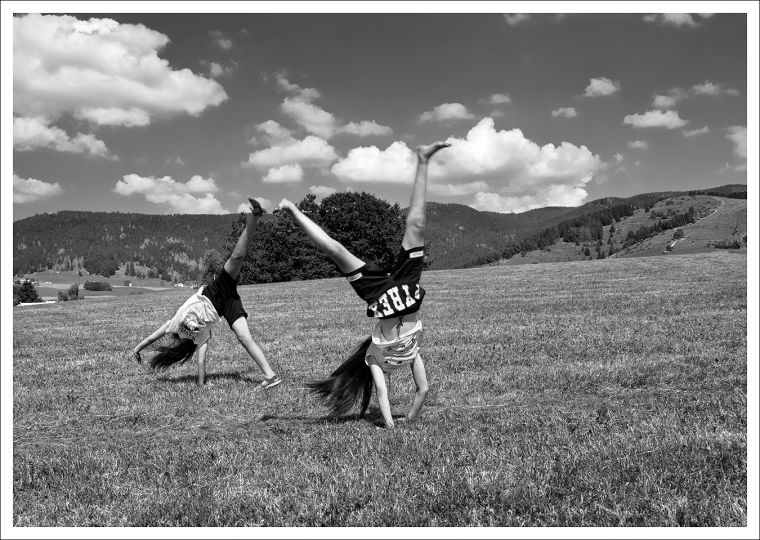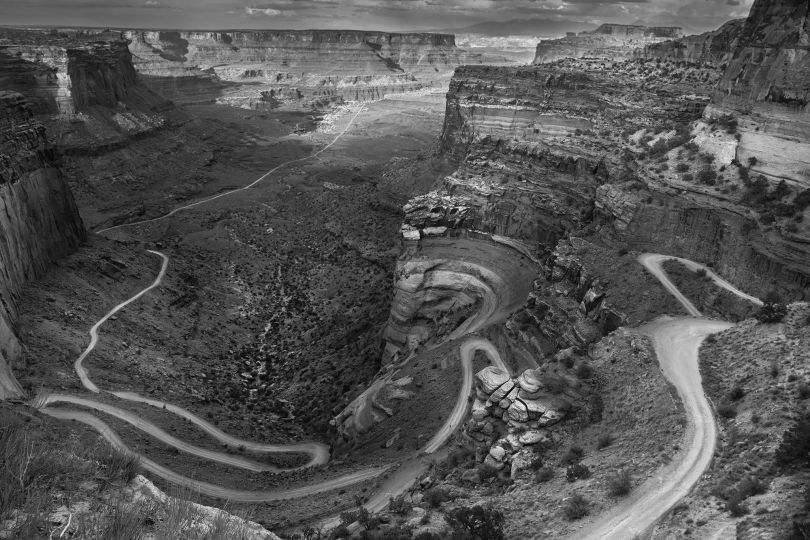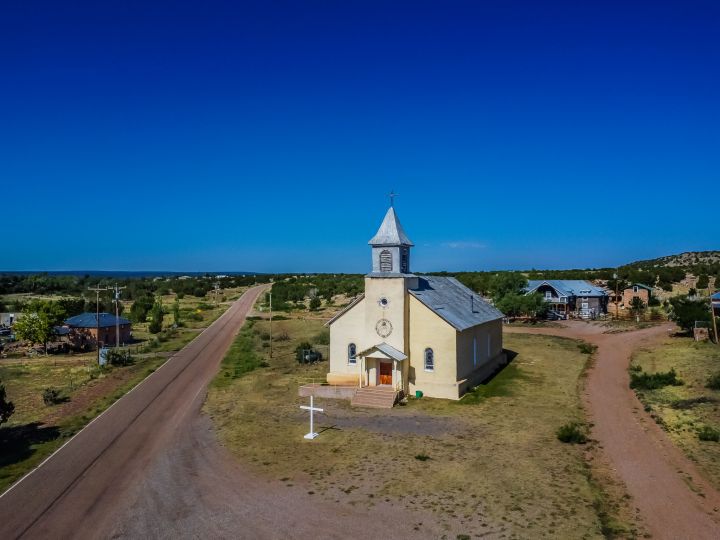Mea Shearim remains today loyal to its old customs and preserves its isolation in the heart of Jerusalem while trying to stave off the modern world; it is, in a way, frozen in time.
The numerous renovations of houses at the end of the 20th century hardly affected the appearance of the neighborhood. Houses that were built over one-hundred years ago stand alongside a few new ones. The life of the Hassidic community revolves around strict adherence to Jewish law, prayer, and the study of Jewish religious texts. The large majority of the people are Ashkenazim and there are hardly Sephardic Jews in the neighborhood. In addition to some well-to-do family there are also many needy ones, which are helped by local charity institutions. The traditional dress code remains in effect here; for men and boys it includes black frock coats and black hats. Long, black beards cover their faces and many of them grow side curls called “payots”. Women and girls are urged to wear what is considered to be modest dress – knee-length or longer skirts, no plunging necklines or midriff tops, no sleeveless blouses or bare shoulders. Some women wear thick black stockings all year long, and married women wear a variety of hair coverings, from hats to wigs and headscarves. The common language of daily communication in Mea Shearim is Yiddish, in contrast to the Hebrew spoken by the majority of Israel’s Jewish population. Hebrew is used by the residents only for prayer and religious study, as they believe that Hebrew is a sacred language to be used only for religious purposes.
This is the story of the ongoing battle between the old and the new, the past versus the present, this is the everyday life of a city within a city.

